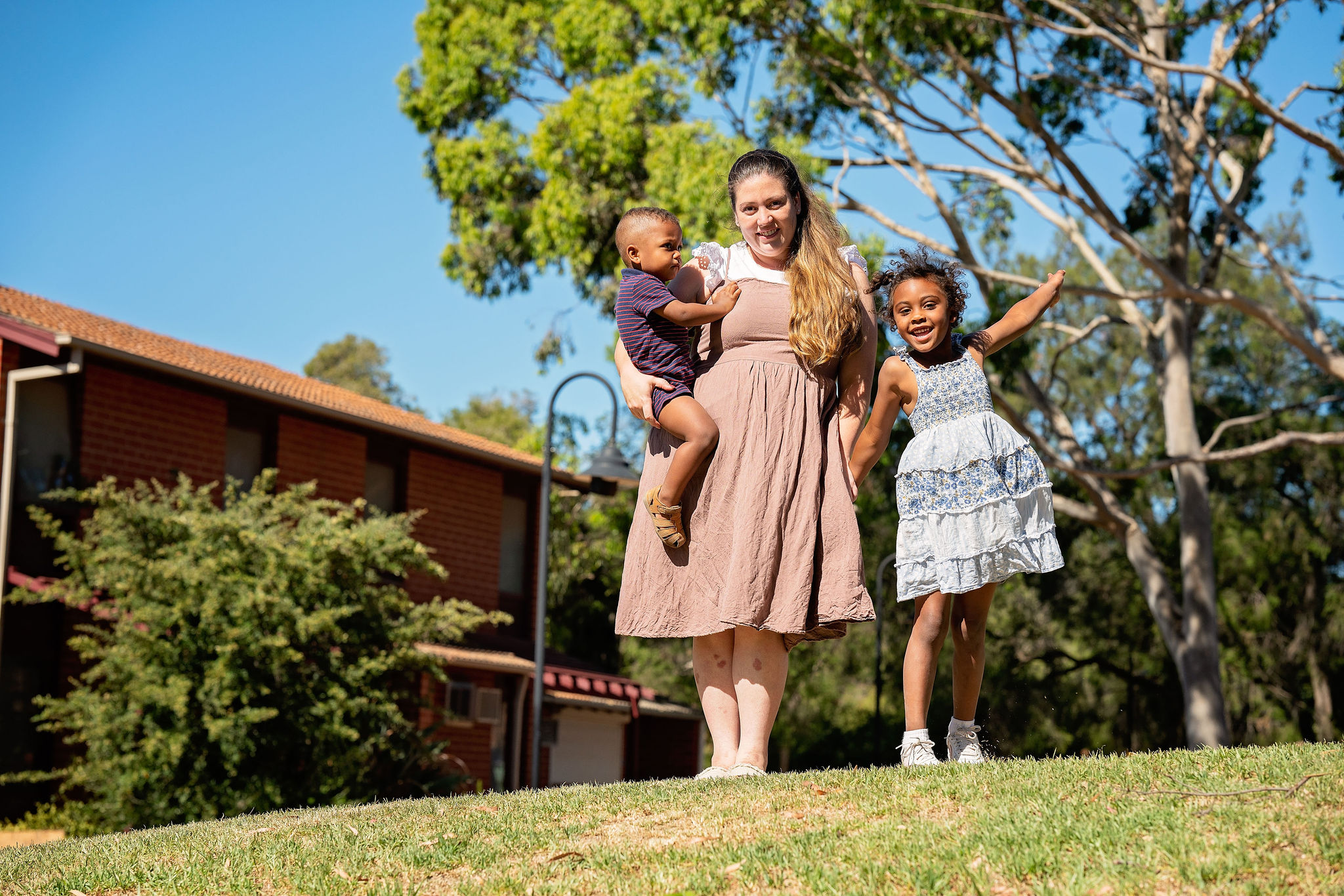Beyond the Housing Crisis: top 5 takeaways

Last week, Believe Housing Australia and UniSA Business launched the ‘Beyond the Housing Crisis – A Home For All’ Report.
With Australians heading to the polls in a matter of days, the Report’s release comes at a time when housing affordability and supply is a hotly debated topic on the campaign trail – and rightly so.
That’s because South Australia – like the rest of the country – is in the grip of a housing crisis.
This crisis is disproportionately affecting vulnerable groups like older people, low-income earners, First Nations peoples, youth, and people with illness or disability, who are finding themselves at risk of or forced into homelessness.
Where South Australia was once a world leader in the provision of social housing, now, more than 6,000 people are experiencing homelessness each night in our state, and 30,000 people are on the social housing waiting list.
To start meaningful discussion and action and find a way for us to lead again, we surveyed ordinary South Australians, asked Believe Housing Australia tenants to tell us their stories, reviewed government policy and services, and analysed the latest research in the field.
These are our five top takeaways.
1. There’s a housing crisis in South Australia
Our research found that South Australia’s housing sector is experiencing overwhelming demand, with several factors leading to the housing crisis.
“Low rent affordability and availability, low incomes, a skyrocketing property market and the effects of COVID-19 have all played their part in creating a perfect storm of high need and low supply,” Michelle Gegenhuber, Believe Housing Australia Executive General Manager said.
“This has led to the soaring levels of homelessness and housing demand we are seeing across the state.
“With secure employment increasingly hard to find, vulnerable groups are finding themselves forced into homelessness.”
Unfortunately, there is no ‘quick-fix’ to tackle this housing crisis.
Our Report highlights the need for an urgent, national coordinated response to address the root causes and build an efficient, resilient housing system into the future.
2. It’s never been harder to find an affordable rental property
Especially if you live in Adelaide. Recent figures show Adelaide has the tightest rental market anywhere in the country since 2017, with just 0.2 per cent of properties vacant.
The return of hundreds of thousands of South Australians who were living abroad during the first year of the pandemic and increased construction costs have almost emptied the South Australian rental market of supply.
So what does this look like in practice? Data from December 2021 showed the median rental for a three-bedroom house in metro Adelaide was $420 a week. Long line-ups winding out the door and down the street for rental property open inspections are commonplace. There’s stiff competition for every vacant rental.
If you are a family of two parents on JobSeeker and two children under 12 receiving the maximum in Family Tax Benefit, rent alone will be half your total income, leaving just over $500 a week to cover every other household and living cost for four people.
3. We need tailored solutions to help the most vulnerable
There is no one-size-fits-all approach.
To address our very real and urgent housing crisis, it’s critical to recognise the unique situations and needs of different at-risk groups, and provide them with tailored solutions.
Appropriate short and long-term housing options, knowledgeable 24/7 support, connected services and prevention approaches are all vital ingredients to make sure vulnerable groups can be housed — and stay housed.
4. Investing in housing provides social and economic benefits
Investing in housing is a win-win, delivering community-wide social and economic benefits.
“We know that when people are securely housed, savings through increased social participation and reduced service use far outweigh the cost of investment,” Michelle said.
Affordable and secure housing helps people to become independent, participate in employment and education and make a positive economic contribution.
They’re also less likely to use government services. In fact, it costs more to keep people homeless than to house them.
A 2016 study showed that people experiencing homelessness in Victoria used nearly $50,000 worth of government services a year, but those in supportive housing only used $35,000 — including the cost of the housing.
5. The community wants the government to do more
We developed a 10-question survey, featured in South Australian online news outlet InDaily in March 2022, to gauge the public’s views on the housing crisis.
The survey received more than 200 responses, with data showing that South Australians feel impacted by the housing crisis, and don’t think the government is doing enough.
“It is evident that there is a strong community appetite for change,” Michelle said.
“South Australians are feeling heavily impacted by the housing crisis and don’t think enough is being done.
“More than 90 per cent of respondents are worried about the future of people locked out of the housing market and are concerned about homelessness in SA.”
A similar number, 85 per cent, don’t think the government provides enough housing for vulnerable people, and acknowledge that the government and not-for-profits have a role to play in fixing it.
Believe in Better.
During 2022-23, Believe Housing Australia will be facilitating workshops to develop a set of practical strategies and actions to help create a more efficient housing system in South Australia.
Representatives from all levels of government, NFPs and the private sector are invited to join.
If you’d like to participate, please register here.
